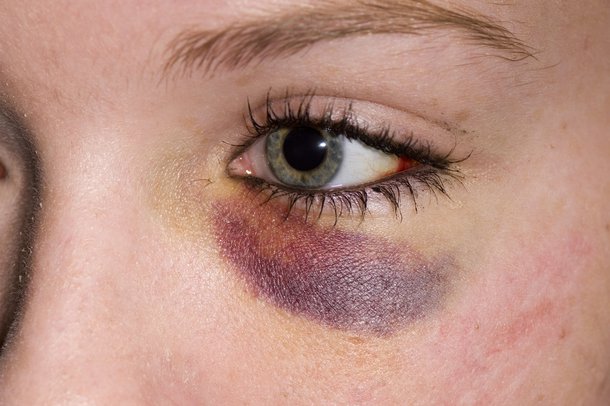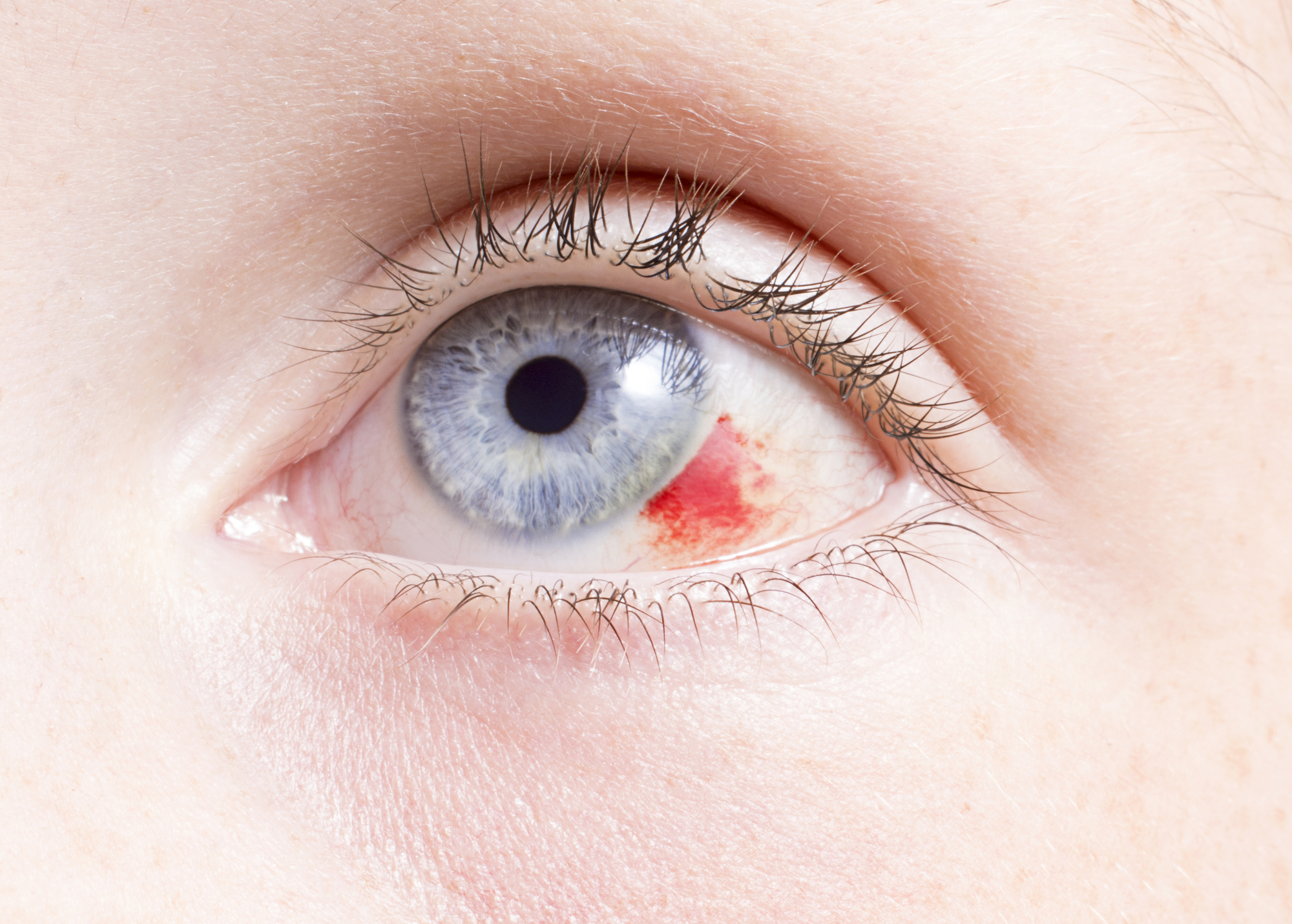
An eyeball blister can be painful signaling a more serious problem. Some common cause of red eye or blister would include conjunctivitis or a burst blood vessel. Blister on eyeball NHSĪccording to NHS, blister on the eyeball or red eye is often a sign of minor eye condition. It is very important to have regular appointments with your health care practitioner, have them examine any bump that appears on your eyeball to rule out the possibility of any serious eye condition. Though common in older people, anyone regardless of their age can develop an eyeball blister. The irritation caused by this allergens leads to the damaging in of the thin membrane that lines your causing the formation of the bump that is later on filled with blood to form the painful blood blister on the eyeball. That explains why they are common in people who spent a considerable amount of time outdoors without wearing proper UV locking sunglass.Įye blisters are also believed to occur as a result of an allergic reaction to dust, pollen or chemical allergen that comes in contact with your conjunctiva which is the white of the eyes. It is however believed to be caused by sun damage. The actual cause of eye blisters is not understood. They can, however, occur on any part of the eye when they do occur. Unlike a stye, or a chalazion, blood blister is not very common. Over the counter lubricant, eye drop or artificial tears may be used to relieve the discomfort caused by the occurrence of a blood blister on the eyeball. The blisters are known to cause eye dryness. When left untreated for long, the blisters may become inflamed, red, ad with gritty feeling. The pterygium, the smaller type of blood blister, is often painless and may come in small lumps of clear lesions. The blister could either be pingueculae or a pterygium. These two blisters are similar, they are common in older people and people who spent most of their time outdoors without proper eye protection against the UV radiation from the sun.Ī common difference between the two blood blisters is that pingueculae are often larger than pterygium and take long to heal. They are two types of blisters that could appear on the eyeball. An eye blister will vary in size, color and other characteristics depending on what the underlying cause of the blister is. The bump or blister occurring in this parts of the eye can be filled with blood to form what we are calling blood blister on the eye.


Blood blister on eyeballĪn eye blister is a benign growth that appears on the sclera or the whites of the eye or on the cornea.

Here are some of the causes and treatment options for the blisters. When a blister, cyst or bump on eyeball gets big enough to feel like they can be drained, it is important to have t checked out by an ophthalmology- an eye medical doctor or a physician. The bumps are common and can be very hard to prevent. Hagana III, MD, FACS, FAAO, says that this bumps are not serious and will often come and go. The blisters are common in people who wear contact lenses and those with different types of allergy. A small, white or yellow, fluid-filled bump is most likely to be a cyst of the conjunctiva that forms on the whites of eye.
#BURST BLOOD VESSEL IN EYE CAUSES PROFESSIONAL#
It is impossible to give a proper diagnosis of what the bump might be without have a physical examination by a professional health care provider. Blister on eyeball should call for immediate medical attention.


 0 kommentar(er)
0 kommentar(er)
